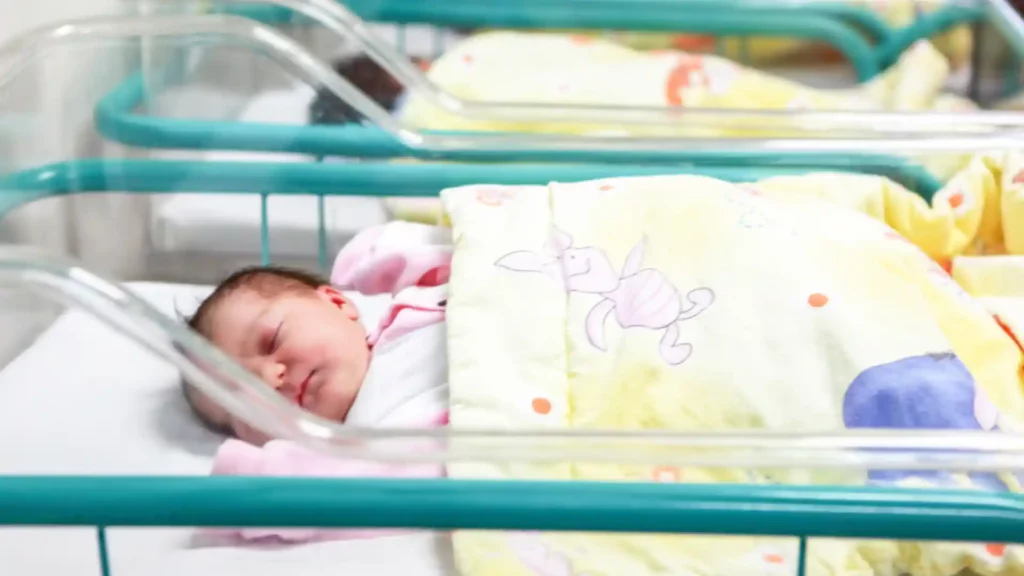Europe is currently going through what could be said as a “staggering social change” caused by the significant decline in birth rates. The low birth rates are creating a major shift causing serious concerns. The international medical journal, ‘The Lance’, recently published a global fertility study and mentioned “Fertility is declining globally, with rates in more than half of all countries and territories in 2021 below replacement level”. In more than half of the countries, the fertility rate is falling below the replacement levels. The consequences for these are strong, especially in Western European countries.
“These future trends in fertility rates and live births will completely reconfigure the global economy and the international balance of power and will necessitate reorganizing societies,” said Natalia V Bhattacharjee, one of the report’s co-lead authors. The report also mentions that countries require a total fertility rate (TFR) of 2.1 children per woman in order to ensure a broadly stable population.
The TFR is predicted to drop from 1.53 in 2021, to 1.44 in 2050. It’s expected to drop again to 1.37 in 2100. The report also mentioned that Spain will suffer one of the steepest falls. Only six countries Tonga, Niger, Chad, Samoa, Tajikistan, and Somalia would still have a TFR above 2.1 by the turn of the next century.
Main Causes Behind Declining Birth Rates
The decline in birth rates is not a sudden phenomenon, it is the result of various socio-economic and cultural factors. Greater female participation in the workforce along with increased access to contraception has helped or rather empowered women to make choices about their reproductive lives. Along with this, the advancements that have happened in the medical field have reduced infant mortality rates, reducing the obligation to have larger families. All these factors such as individual agency, technological advancements, and societal norms come into play in shaping demographic trends.
Effect on Other Nations
Suppose the figures in The Lancet reports are accurate, in that case, countries like the United Kingdom, where the birthrate is expected to fall to 1.38 in 2050, will have to be dependent on immigration for the next decades to maintain the country’s population size. This also creates several challenges including economic sustainability.
The conventional models of retirement and welfare are in danger as very few young people join the workforce to continue an aging population. In order to prevent a lack of progress and collapse, the Lancet research emphasizes how urgent it is to address these demographic imbalances. To reduce the negative consequences of population aging and ensure sustainable economic growth, creative solutions are needed, such as infrastructure investments in healthcare, education, and care for senior citizens.
Migration as a Solution
Reduced birth rates translate into fewer individuals entering the labor market and boosting the economy. For the time being at least, migration has been viewed as a means of maintaining things. However, some fear that policies of unrestricted immigration, particularly in Western democracies, could alter a nation’s culture and identity too much. It has presented politicians with a difficult decision due to the clash between political views and demographic reality. It’s difficult, to put it mildly, to strike a balance between keeping everyone happy and assisting them.
Talk of “the Great Replacement,” which they attribute to immigration, has been popular among certain far-right organizations. They see their own way of life as under threat from the appropriation of other civilizations. People’s ability to accept immigrants as valuable parts of society has been made problematic by this form of expression, which has increased xenophobia. Advocates of national sovereignty, such as Viktor Orban of Hungary, have employed these concepts to justify anti-immigration measures.
Finding Balance
The key to dealing with all of these issues is probably finding a balance between the needs of the economy and the values of the people living there. Policies that make it easier for families to have children and that help immigrants feel welcome might help with this. People must be educated to understand that diversity could be a strength and not necessarily a weakness. By working together and learning from each other, we can make our societies stronger and more resilient in the face of change.
The changes that are occurring right now are most likely to continue, and the best way is to keep adapting to the changes. Governments and society as a whole could come up with innovative ideas to care for our aging populations. The efforts taken collectively will pave the path toward an equitable and sustainable future.
